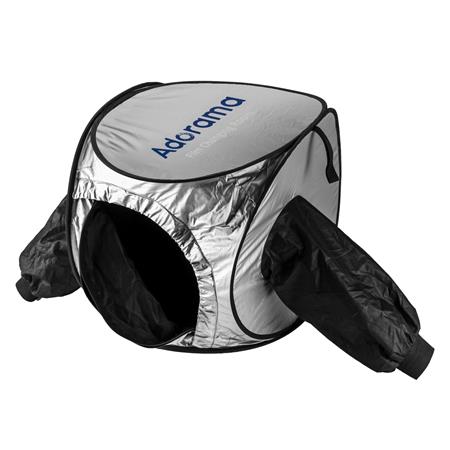Excellent results!
 Originally posted by BigMackCam
Originally posted by BigMackCam 
oading the 120 film onto a reel was a little challenging, despite several practice runs in advance (with different film stock - relevant, perhaps?)
Film base thickness was and by all accounts still is a mixed bag. I recall Kodak tech pan in 120 format had the THICKEST film base I have ever worked with in 120 format, and was a breeze to load. If you are still having difficulty: I'd suggest practicing with a waste roll in the changing bag after the de-humidification treatment. Plastic spirals are fine for a beginner but stainless steel spirals are really something to work with and they last a lifetime! - if you ever have to upgrade your film development gear metal spirals should be right at the top of your list. Mine have a built in clip at the core so no tape required to get the film loading started. Also gloves are your friend, (I use nitrile gloves as even dilute pyrochatechol film developers are the last thing you want on your skin, pyro is a
severe irritant) they prevent moisture or particulate matter on your hands affecting any step of the film loading process.
 Originally posted by BigMackCam
Originally posted by BigMackCam 
5. Label all jugs of solution
I use laboratory grade stoppered Erlenmeyer flasks that have a patch on them for note writing on the glass with a sharpie - saves me a lot of time. I also measure out my chemistry and arrange it in order in which it has to be used from left to right. There is a
huge benefit to working in a logical, ordered fashion.
 Originally posted by BigMackCam
Originally posted by BigMackCam 
I discarded the fixer solution rather than pouring it into an awaiting storage bottle (to my horror, as I'm an evironmentally-aware chap). Wasted fixer, and a bit of silver in the drainage system
Silver compounds are pretty inert, unless you're a gram negative bacteria you'd have to be exposed to a blazing lot of it for it to do any lasting harm.


 Similar Threads
Similar Threads 
























